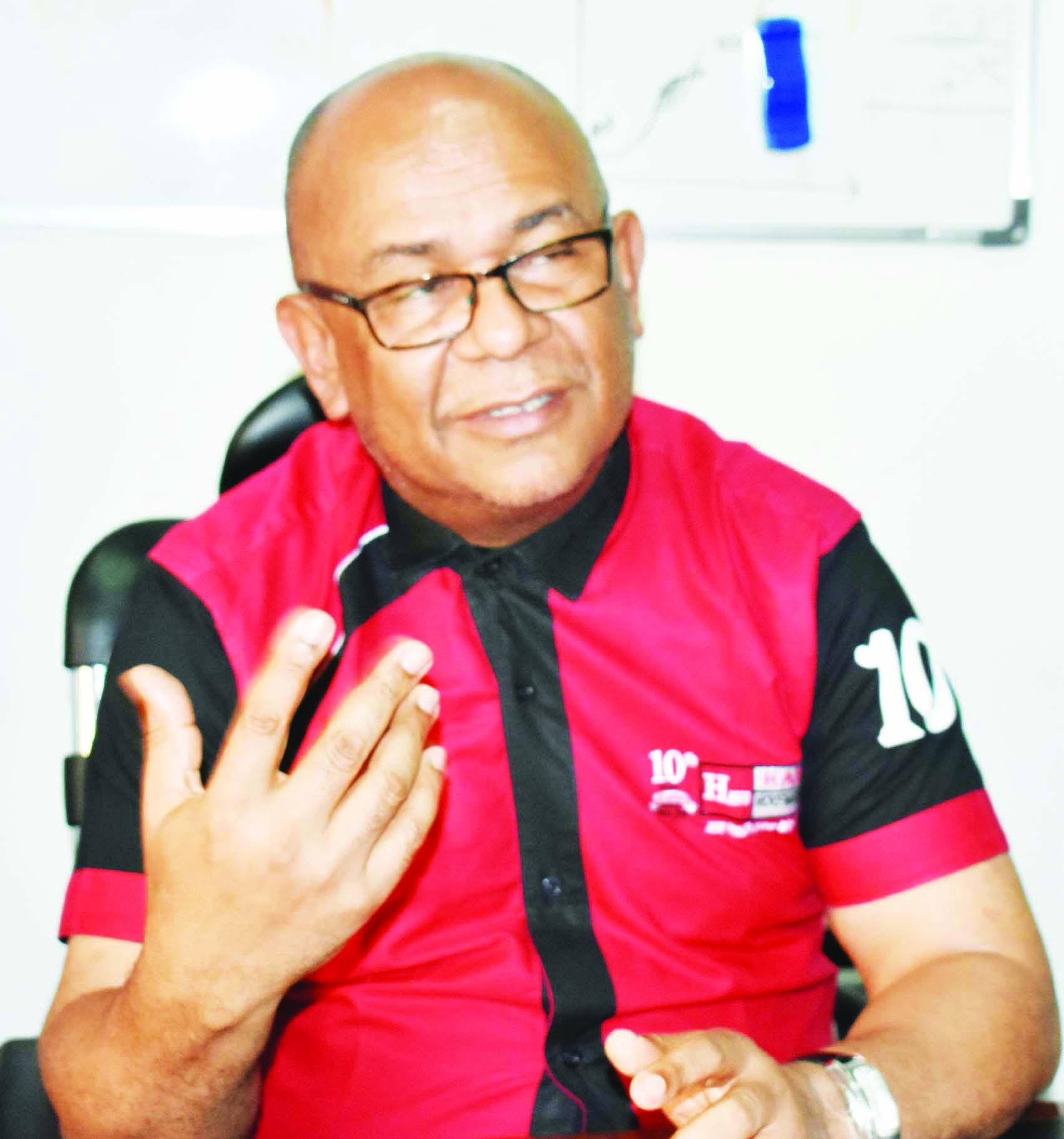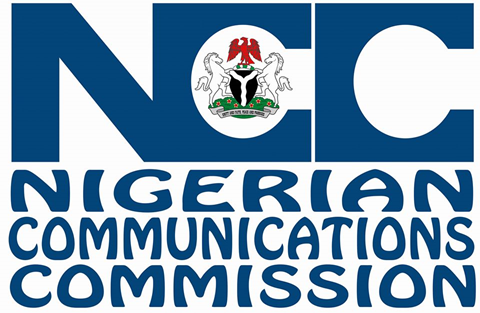ROGERS NWOKE, a chartered banker and certified financial inclusion expert, has over the past 10 years served as the Managing Director, HASAL Microfinance Bank Limited. In this interview with TOLA AKINMUTIMI, the seasoned banker and current President of the National Association of Microfinance Banks (NAMB), speaks on sundry constraints hampering MFBs’ roles in the nation’s economy and steps being taken by the association and the monetary authorities to improve the MFBs’ Micro, Small and Medium Enterprises’ (MSMEs’) contributions to the nation’s sustainable growth.
Taking a cursory look at the Microfinance Bank in the financial system over the last few years, how would you rate the sub-sector’s performance in terms of its financial interventions in the Micro, Small and Medium Enterprises (MSMSEs) sub-sector of the economy thus far?
Ithink the sub sector has come stronger looking at it from where we are coming from whether you measure it from access to credit or financial inclusion or the deepening of outreach. Also, the industry has come out stronger if you want to measure it by the number of active participants, stronger MFBs and so on. For you to evaluate properly the current state of the subsector, you have to go back to where we are coming from since the time of community banks to the introduction of the National Microfinance Bank Policy Framework and you will see that we have continued to improve the situation in the subsector and through stronger regulatory interventions, the system has continued to become stronger. What is also of interest is that unlike before when the microfinance system was dominated by people hitherto unknown, when everybody jumped into microfinance, today what you see is deliberate attempts by professionals and investors to get into microfinance space. Overall, I think the players in the industry are getting stronger and more prepared for the future of microfinance business.
There has been a consistent clamour by the NAMB for a level-playing ground for operators. Could you shed some light on what you really mean by this?
One of the known principles of microfinance is that government should be an enabler and not an operator by providing enabling environment for private equity to go into provision of microfinance services. Coming from that perspective and looking at the subsector from the time MFBs were licensed, you will see that it was private people that brought in their money to offer microfinance services. The attempts by government to go into this business have not produced results, especially if you look at the stories of Peoples Bank and others. So, that principle is strong. You know the history of many governments that have tried to go into MFB business. So, we can understand that in some instances the government may take the initial step to start up the business and the policy says that any government that does that should, within a period of five years, sell off of its equity holdings and retain not more than 10 percent. So, when any government decides to come into this space, you worry that there could be some undue advantages and that is the fear that jolted us when we were told that the Bankers Committee, coming out of a retreat, has set up National Microfinance Bank. That wasn’t appropriate but I think they soft-pedalled immediately and now made it a NIRSAL Microfinance Bank. But when you look at who owns NIRSAL, NIRSAL is government, NIPOST is government and the Bankers Committee. Fine, we are not against new MFBs coming, we are not against big MFBs with strong capacity coming as they all will help strengthen the sector. What gets some of us worried is that when we heard that one player will be given money so that they can be giving loans to customers at 5% per annum that automatically creates inequality in competition. It gives one player competitive advantage over others and it wouldn’t be a problem if that player goes out on its own to source for funds at zero rate and give it out at 5% but when government comes to the public to say that it is facilitating that process, it becomes a problem. So, we think that if there are any funds that can enable microfinance banks to give loans at 5% interest per annum, those funds should be made available to many players that can meet well-defined criteria, taking into cognizance the different level of players. You know the problem that has been with intervention funds in the past is that you create an intervention fund in place and you put the same qualifying criteria for all MFBs such that a national MFB with N5 billion capital base, with branch networks and well structured management and several other indices with the same criteria for a unit MFB that has less capacity or capital base. So, we feel that there should be some differentiation in the qualifying criteria that is risk-based for the various categories of MFBs. For instance, a MFB in my village which may not need probably more than N20 million or N30 million working capital support is not the same like HASAL Microfinance Bank in Abuja that probably needs N2 billion working capital support. So, based on those needs, we should create differentiation criteria such that the intervention funds are made available to all MFBs that meet the criteria.
A few days ago, you talked about NAMBs’ plan to float a Microfinance Development Company Limited as a Special Purpose Vehicle (SPV) for the microfinance sub sector. What roles do you think this company will play in leveraging your members’ operations and by implication, stabilizing the MFB sub-sector?
The Microfinance Development Company Limited came about directly from what I have been saying since intervention funds in the past have not been able to solve the problem of access to finance. The problem has been that even though the intervention funds exist, one is that they are grossly inadequate looking at the demand that we have. Two, we have a situation where the qualifying criteria make it so difficult for smaller MFBs to access the funds. So, we think that a Special Purpose Vehicle that can make our members to access funds more easily should be put in place. For example, most of the development finance banks are more comfortable dealing with the top 10% of the MFBs because they easily meet their criteria. If you have N220 billion to lend out and if the top 10% MFBs who are less risky take 80% of the fund with little effort, you make your money which explains why the DMBs are dealing with the top players. So, we say ok, fine for somebody who does not understand why you have to go to Maiduguri to go and do due diligence on his bank or go to Bayelsa to go and do due diligence on a unit MFB, he would rather stay in Abuja and allow you to do diligence on his MFB here. So, if we have a company that, through self regulation, will know our members, will know the risks they are exposed to, we think it will serve our purpose. For instance, for a rural MFB operating under XYZ conditions you cannot have more than N10 million operating capital or for a state MFB operating in XYZ zone because of the risks associated with those areas, the SPV will set qualification criteria based on those risks. So, what a lender should do is to stop at the SPV level and ask, what are our credit administration processes and what do we have to recover the monies or what type of collaterals and securities are available, it becomes easier for them to lend to one obligor who then lends to other MFBs. That is the whole idea behind the new company. Again, it is also in the same principle of shared services because a lot of time and efforts are expended by many MFBs sourcing for funds with some flying out of the country meeting international fund lenders and so on. Now, if we concentrate those efforts in one company that goes out to look for these funds I think we are going to have a whole lot of synergy that will come into play.
The Central Bank of Nigeria a few weeks ago announced a new 60% Loan to Deposit Ratio (LDR) policy for banks. As an industry player, what is your reaction to the new measure?
Well, I think it is a very good step but I have my reservations about it. One, I think the 60% is low. I think what we should outrightly do is sectoral allocation of credit. I have advocated this and people who have heard me speak on it think it is old-fashioned or archaic. I think it is where to go if we must arrest the over-sized volume of importation and if we truly want to revamp the economy through MSMEs development or through real sector development, we must consciously and deliberately allocate credit to the sectors that needed them and not leave them in the hands of those people who choose what they want to do. The government of Nigeria, through the CBN which has done so many interventions and introduced so many palliatives, should insist what funds should go to specific sectors. For example, I have always said if today the CBN by regulation actually says that all commercial banks must give 5% of their total portfolio to MFBs for on-lending to MSMEs that landscape would change automatically. MFBs have what it takes to achieve micro economic development but they do not have the liquidity to do so. Now, if they want to do it through savings mobilization, the commercial banks crowd them out because an average Nigerian prefers to put his money in a commercial bank than put it in MFB and when they need money, they say go to so so commercial bank. So, let us balance it up by allocating a percentage of the total loanable fund to MSMEs through on-lending facilities of the MFBs, the same way we say 10% of lending by any bank should go to agric sector and you divide the agric value chain and you say that for those who want to crop farming, livestock farming and we look at the entire agro-processing value chains and allocate credit based on the peculiarities of each value chain. If we have a target to say that in the next five years this is how we want to fix the economy, then we must take deliberate steps to channel funds to those areas. That is the way to do it. So, the 60% LDR is a good development. I welcome it, though is a weak step, and I think we need to do more if we truly want to grow non-oil sector’s contributions to the nation’s GDP geometrically in the years ahead.
Now, looking at HASAL Microfinance Bank’s operations over the past few years, how would you rate the performance of the bank in terms of deposit base, core banking services and expansion trajectory?
Well, microfinance is the sector we play in and this is the eleventh year in which we have been doing business. We celebrated our 10th year anniversary last year and we were able to keep our enterprise public informed about some of the things we have done. We have been in the FCT doing business over the years, running 18 branches and it actually used to be 22 before we closed down some rural branches. The bank has continued to grow in leaps and bounds. We actually at the close of business in 2015 met the then capital requirements to be a national licensed MFB and we applied to the CBN and we were still processing the application when the requirement was increased to N5 billion. So, that has set us back to still remain a state-licensed bank for now. But outside that, there has been a tremendous improvement in the quality of our services through deployment of world-class technology. As you know, technology has been our strategic impetus since we started as far back as 2009. I think we were the first bank to be listed on InterSwitch, which was more or less the national switch at that time. Today, our electronic banking capabilities remain intact and we are providing services that rate with what you can get in any bank of our standard. Today, the HASAL Bank app is about to be launched where you can transfer funds on your phone. We believe that digital financial services is the place to go and we will continue to improve on this. The people have been our strongest asset. So, we will continue to invest in capacity building and ensuring that the best hands in the sector will always be found in HASAL. Hopefully, we will emerge as that local National Bank, a bank that is national in outlook but the one that is at each corner adapting to the peculiarities of its environment. That dream is still much alive and I am hopeful that we will get it fulfilled.
The NAMB announced the launching of its Code of Ethics and Professional Conduct a few days ago. What in real terms informed this initiative under your leadership of the association?
From its inception NAMB emerged as a self-regulatory body as the apex association of licensed microfinance banks in the country. So, introducing a Code of Ethics and Professional Conduct for members is one of our guiding ways book, to ensure that the conduct of our members, the way we do business, our relationship with the public is guided. It helps us to check abuses and it is to enhance our regulatory objectives and to ensure that whatever we put out there as relating to the way we want this business done that all our members are compliant. It is also complementary to the efforts of the CBN and NDIC in the regulation of the industry. So, what we are striving at is to see a situation where licensed MFBs in Nigeria are being regulated primarily by the association and then with super regulatory support from the CBN as the industry regulator and the NDIC as the deposit insurer. So, that is actually what we want to achieve. This is the first step in our efforts to starting self regulation and we will continue to improve the processes and continue to review our Code of professional practices and other bylaws whenever the need arises to promote ethical standards in all areas of our operations.
The theme of the NAMB’s 2019 Annual Conference was Sustainable and Innovative Digital Finance in MSME Development in Nigeria: The Microfinance Bank Option. Experts say digitization is very expensive but yet remains of the critical leveraging tools for operators. How do you think your members will be able to cope with the funding challenge that is associated with digitization of their operations?
The solution is in shared services. Through collaboration, we can put everybody on the same platform and that is where we want to say we are grateful to the CBN and NDIC for bringing the NAMBUIT platform, NAMBUIT is National Association of Microfinance Banks Unified Information Technology. You cannot provide digital financial services when you don’t have a bank application and that has been a challenge as not all MFBs can afford a standardised, well rated and certified banking application. So, the CBN decided to give free of charge the basic IT platform and then from there operators can think of expanding their capabilities. Now, when you have such shared services opportunities it is a starting point. Digitization can be very expensive but when operators collaborate it can make it a lot easier. That collaboration will be first, you collaborate among yourselves then you collaborate with digital service providers, fintechs and others. I think through collaboration and shared services the prices can be reduced to affordable rates.









